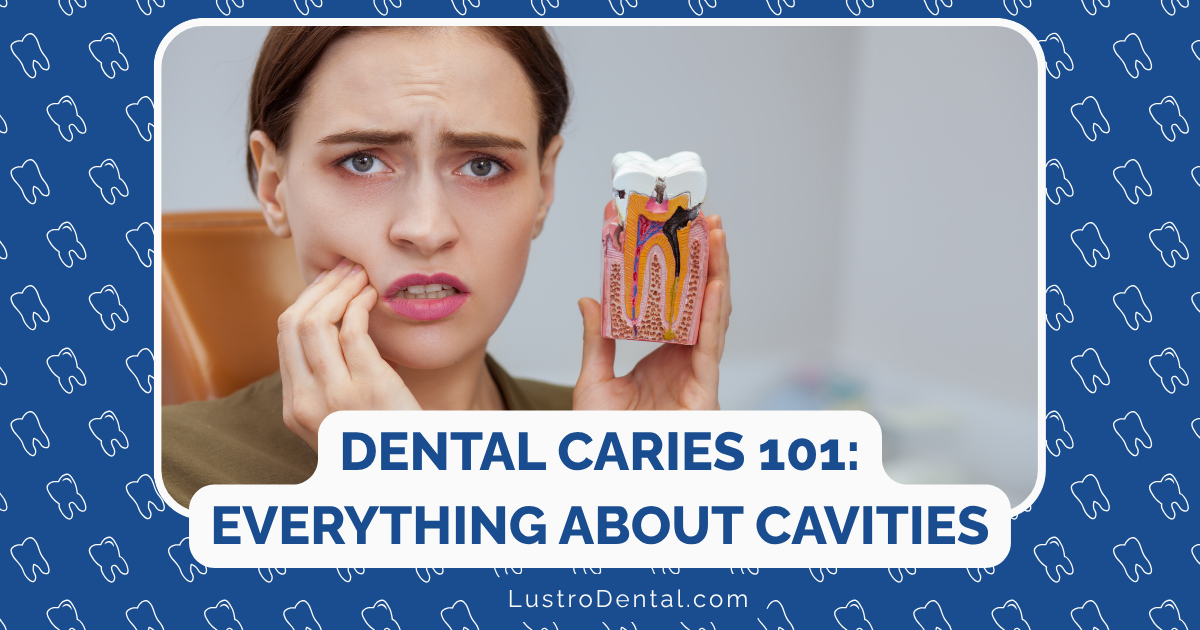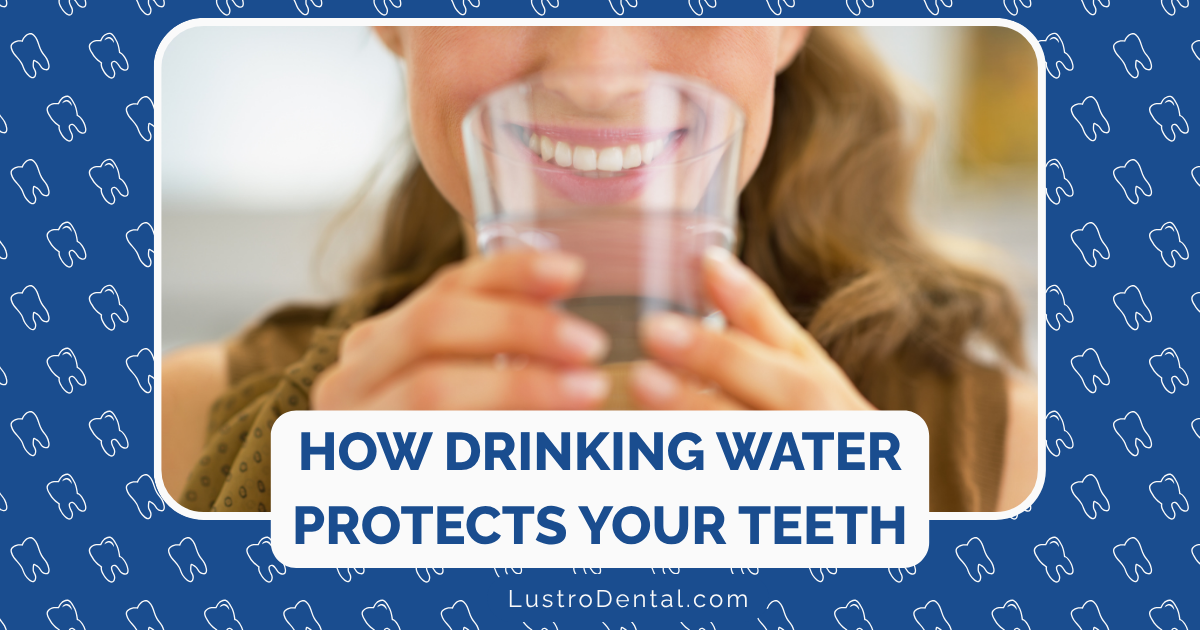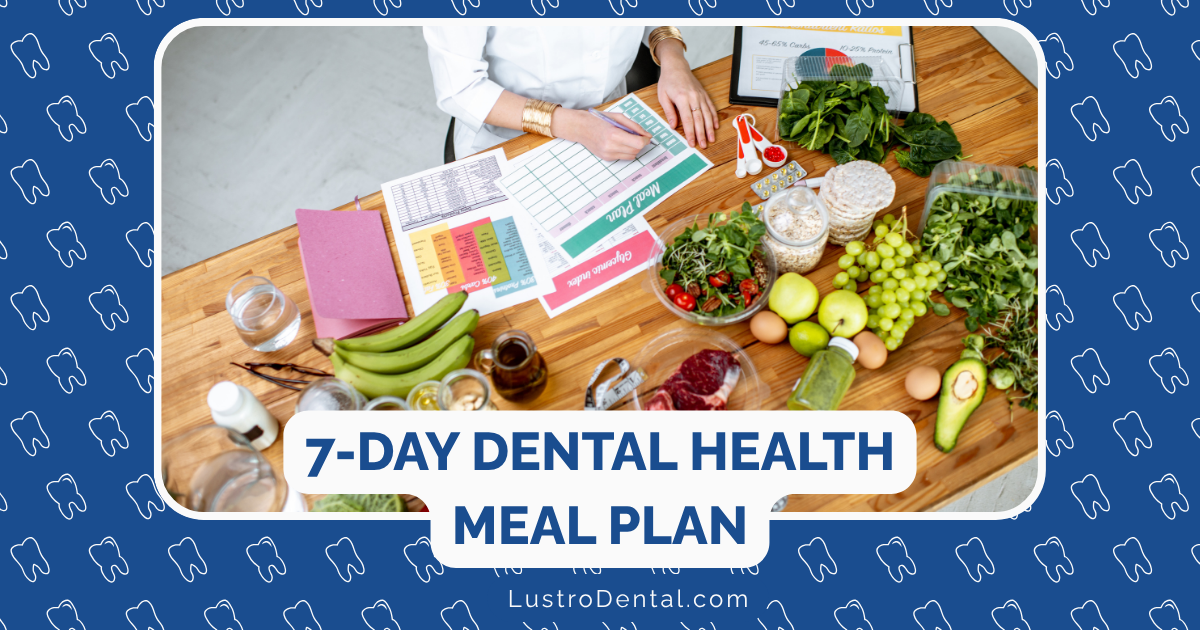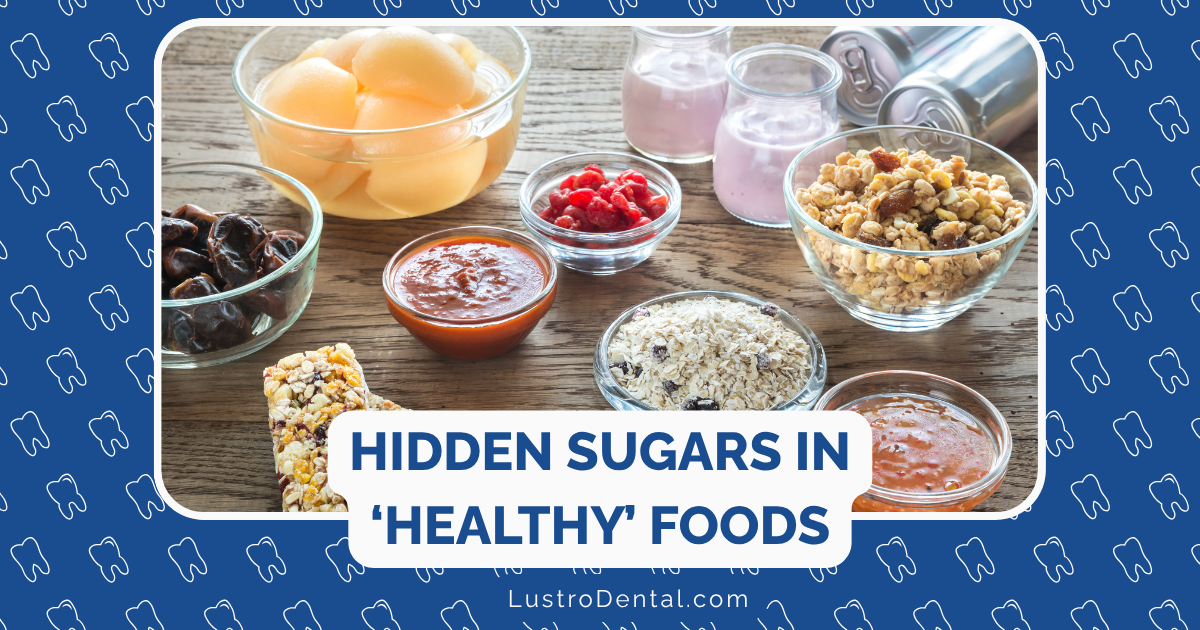Dental Plaque: The Silent Troublemaker and How to Keep It in Check
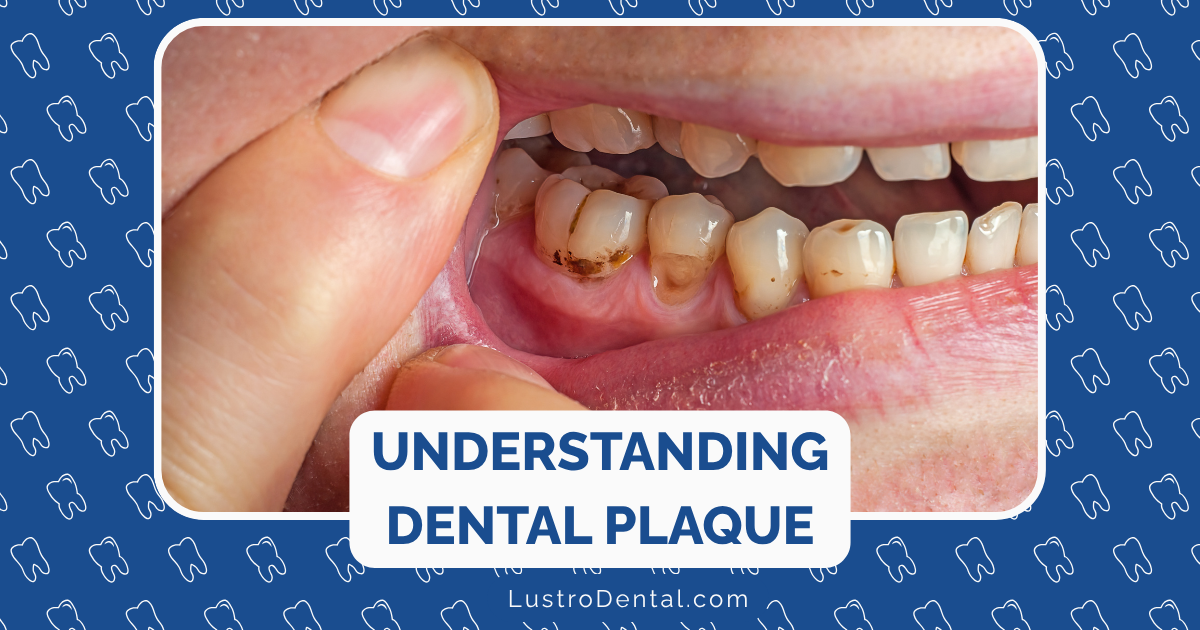
Every day, a battle is waging in your mouth that you might not even realize is happening. The main antagonist? Dental plaque—a sticky, colorless film of bacteria that constantly forms on your teeth and along your gumline. While it may seem harmless, this silent troublemaker is the precursor to many oral health issues, from cavities to gum disease and beyond.
The good news is that with the right knowledge and tools, you can keep plaque in check and protect your smile for years to come. In this comprehensive guide, we’ll explore what dental plaque is, why it’s problematic, and most importantly, effective strategies to prevent and remove it—including some innovative approaches you might not have considered before.
Understanding Dental Plaque: The Basics
Before we dive into solutions, it’s important to understand exactly what we’re dealing with when we talk about dental plaque.
What Is Dental Plaque?
Dental plaque is a biofilm—a community of bacteria embedded in a sticky matrix that adheres to tooth surfaces. This biofilm begins forming on clean teeth within minutes after brushing, starting with a thin layer of salivary proteins called the pellicle. Bacteria then attach to this layer and multiply, creating the structured community we know as plaque.
Under a microscope, plaque reveals itself as a complex ecosystem containing hundreds of different bacterial species living in a highly organized structure. Some of these bacteria are relatively harmless, while others can cause significant damage to your teeth and gums when allowed to accumulate.
Characteristics of Dental Plaque
- Appearance: Generally colorless or pale yellow, becoming more visible as it thickens
- Texture: Sticky and somewhat fuzzy—you can often feel it with your tongue
- Location: Forms most commonly along the gumline, between teeth, on chewing surfaces, and around dental restorations
- Composition: 70% bacteria and 30% food particles, saliva, and other substances
- Development: Begins reforming immediately after removal, becoming fully established within 24-48 hours
Understanding these basic characteristics helps explain why plaque requires daily attention and why a multi-faceted approach to prevention and removal is necessary for optimal oral health.
Why Plaque Is a Problem: The Consequences
Dental plaque isn’t just an aesthetic concern—it’s a significant threat to your oral and overall health when left unchecked.
Immediate Oral Health Consequences
Tooth Decay (Cavities)
Certain bacteria in plaque, particularly Streptococcus mutans, feed on sugars and starches from your diet and produce acids as a byproduct. These acids attack tooth enamel, dissolving the minerals that make your teeth strong and creating cavities.
The process begins with demineralization—small, white spots on your teeth that indicate mineral loss. Without intervention, this progresses to actual cavities that require professional treatment.
Gingivitis
When plaque accumulates along the gumline, the bacteria trigger an inflammatory response in your gum tissue, leading to gingivitis—the earliest stage of gum disease. Signs include:
- Redness and swelling of the gums
- Bleeding during brushing or flossing
- Tenderness when touched
- Bad breath
At this stage, the damage is reversible with proper oral hygiene and professional cleaning.
Long-term Consequences
Periodontitis
If gingivitis is left untreated, the inflammation can progress to periodontitis, a more serious form of gum disease that affects the supporting structures of your teeth:
- The gums pull away from the teeth, forming pockets that become infected
- The bacteria and the body’s immune response break down the bone and connective tissue that hold teeth in place
- Without treatment, teeth may eventually become loose and require extraction
According to the Centers for Disease Control and Prevention, nearly half of adults over 30 in the United States have some form of periodontal disease.
Dental Calculus (Tartar)
If plaque remains on teeth for too long (typically 24-72 hours), it can harden into dental calculus or tartar—a mineralized form of plaque that firmly attaches to tooth surfaces and can only be removed by a dental professional.
Tartar provides an even rougher surface for more plaque to adhere to, creating a vicious cycle of accumulation.
Systemic Health Connections
Research increasingly suggests links between oral bacteria from plaque and various systemic health conditions:
- Cardiovascular disease: Bacteria can enter the bloodstream through inflamed gums, potentially affecting heart health
- Diabetes: Gum disease can make blood sugar control more difficult, and diabetes can increase susceptibility to infections, including gum disease
- Respiratory infections: Bacteria from the mouth can be aspirated into the lungs
- Pregnancy complications: Some studies suggest a link between periodontal disease and preterm birth or low birth weight
A study published in the Journal of the American Heart Association found that the presence of certain oral bacteria was associated with a higher risk of atherosclerosis, highlighting the potential far-reaching consequences of what begins as simple dental plaque.
The Plaque-Forming Process: How It Develops
Understanding how plaque forms can help you target your prevention efforts more effectively.
The Timeline of Plaque Development
- 0-2 hours after cleaning: The pellicle (a thin protein layer from saliva) forms on clean tooth surfaces
- 2-4 hours: Early bacterial colonizers attach to the pellicle
- 4-24 hours: Bacteria multiply and begin producing the sticky matrix that forms the biofilm
- 1-2 days: The plaque biofilm becomes more complex and structured
- 2-10 days: If not removed, plaque begins to mineralize into tartar
- 10+ days: Fully mineralized tartar is established and requires professional removal
Factors That Accelerate Plaque Formation
- Diet high in sugars and simple carbohydrates: Provides fuel for acid-producing bacteria
- Poor saliva flow (xerostomia): Reduces the mouth’s natural cleaning mechanism
- Irregular or inadequate oral hygiene: Allows bacteria time to establish and organize
- Misaligned teeth: Creates hard-to-clean areas where plaque can accumulate
- Rough dental restorations: Provide additional surfaces for plaque attachment
- Tobacco use: Alters the oral environment in ways that favor plaque formation
The Role of the Oral Microbiome
Your mouth naturally contains hundreds of species of bacteria in a complex ecosystem known as the oral microbiome. In a healthy mouth, beneficial bacteria help keep potentially harmful species in check through competition for resources and production of compounds that inhibit pathogenic growth.
However, factors like poor diet, certain medications, and even some traditional oral care products can disrupt this balance, allowing plaque-forming and acid-producing bacteria to flourish.
Research published in the Journal of Dental Research suggests that maintaining a balanced oral microbiome may be as important for plaque control as mechanical removal through brushing and flossing.
Traditional Approaches to Plaque Prevention
The foundation of plaque control has traditionally rested on mechanical removal and chemical control.
Mechanical Plaque Removal
Proper Brushing Technique
- Frequency: At least twice daily, ideally after meals
- Duration: A full two minutes each time
- Technique:
- Hold brush at a 45-degree angle to the gumline
- Use short, gentle strokes
- Clean all surfaces: outer, inner, and chewing
- Don’t forget the tongue, a major harbor for bacteria
Effective Flossing
- Frequency: Once daily
- Technique:
- Use about 18 inches of floss
- Curve around each tooth in a C-shape
- Gently slide beneath the gumline
- Use a clean section of floss for each tooth
Interdental Cleaning
For those with larger spaces between teeth or dental work like bridges:
- Interdental brushes
- Water flossers
- Dental picks
A systematic review in the Journal of Clinical Periodontology found that combining brushing with interdental cleaning reduces plaque by up to 35% more than brushing alone.
Chemical Plaque Control
Fluoride Toothpaste
Fluoride strengthens tooth enamel, making it more resistant to acid attacks from plaque bacteria. The American Dental Association recommends toothpaste containing 1000-1500 ppm fluoride for most adults.
Antimicrobial Mouthwashes
- Chlorhexidine: Prescription-strength mouthwash for short-term use in treating gingivitis
- Essential oils (like in Listerine): Disrupt bacterial cell walls
- Cetylpyridinium chloride (CPC): Reduces bacterial adhesion to teeth
Xylitol Products
Xylitol is a natural sweetener that inhibits the growth of Streptococcus mutans, one of the primary plaque-forming bacteria. It’s available in:
- Chewing gum
- Mints
- Some toothpastes and mouthwashes
Research in the Journal of the American Dental Association suggests that regular xylitol use can reduce plaque formation and cavity development.
Modern Solutions: The Oral Microbiome Approach
While traditional methods focus on removing or killing bacteria, newer approaches recognize the importance of bacterial balance in the mouth. This paradigm shift has led to innovative solutions that work with your body’s natural defenses rather than against them.
The Problem with Traditional Approaches
Many conventional oral care products take a “scorched earth” approach, using broad-spectrum antimicrobials that kill both harmful and beneficial bacteria. This can temporarily reduce plaque but may disrupt the oral microbiome’s natural balance, potentially leading to:
- Overgrowth of resistant bacteria
- Reduced diversity in the oral microbiome
- Disruption of beneficial bacterial functions
- Potential rebound effects when use is discontinued
Oral Probiotics: Restoring Balance
Oral probiotics introduce beneficial bacteria to help restore and maintain a healthy balance in the oral microbiome. Unlike traditional approaches that indiscriminately kill bacteria, probiotics work by:
- Competing with harmful bacteria for space and resources
- Producing antimicrobial compounds that specifically target pathogenic species
- Supporting the immune system’s regulation of oral bacteria
- Creating an environment less favorable for plaque formation
ProDentim: A Targeted Oral Probiotic Solution
ProDentim represents an innovative approach to plaque control through oral microbiome support. Each tablet contains 3.5 billion CFUs (colony-forming units) of beneficial bacteria specifically selected for their roles in oral health:
- Lactobacillus paracasei: Helps inhibit the growth of Streptococcus mutans, a primary plaque-forming bacterium
- Lactobacillus reuteri: Produces antimicrobial compounds that target harmful bacteria while sparing beneficial ones
- Bifidobacterium lactis BL-04: Supports immune function in the oral cavity and helps maintain microbial balance
The formula also includes inulin, a prebiotic fiber that selectively feeds beneficial bacteria, helping them establish and thrive in the oral environment.
Many users report that regular use of ProDentim results in:
- Less plaque accumulation between dental visits
- Fresher breath throughout the day
- Healthier-looking gums with less sensitivity
- Reduced tooth sensitivity
A study published in the Journal of Applied Oral Science found that certain probiotic strains could reduce plaque formation by up to 20% compared to placebo, suggesting that this approach offers a valuable complement to traditional plaque control methods.
Prebiotics and Oral Health
Prebiotics are compounds that selectively feed beneficial bacteria, helping them thrive and outcompete harmful species. In addition to the inulin found in ProDentim, other sources of oral prebiotics include:
- Certain plant fibers
- Arginine (found in foods like nuts, seeds, and meat)
- Plant polyphenols (in green tea, dark berries, and cocoa)
Incorporating these elements into your diet or oral care routine can help support a balanced oral microbiome that naturally resists plaque formation.
pH-Balancing Approaches
The acidity of your mouth plays a crucial role in plaque formation and tooth demineralization. After eating or drinking, particularly acidic or sugary items, your mouth becomes more acidic—creating an environment that favors harmful bacteria and accelerates enamel damage.
Several approaches can help maintain a more neutral pH:
- Rinsing with water after meals
- Chewing sugar-free gum to stimulate saliva production
- Using alkaline mouthwashes
- Consuming alkaline foods like vegetables and certain fruits
By combining these modern, microbiome-focused approaches with traditional mechanical and chemical methods, you can create a comprehensive strategy for plaque control that addresses the root causes of the problem.
Professional Plaque Removal: When to See a Dentist
Even with excellent home care, professional dental intervention remains essential for optimal plaque control.
Regular Professional Cleanings
The American Dental Association recommends professional dental cleanings at intervals determined by your dentist—typically every six months for most people, though some may benefit from more frequent visits.
During professional cleanings, dental hygienists:
- Remove plaque from all tooth surfaces
- Scale away tartar (mineralized plaque) that can’t be removed at home
- Polish teeth to create smoother surfaces that resist plaque adhesion
- Provide personalized advice for improving home care
Signs You Need Professional Intervention
Seek dental care promptly if you notice:
- Visible tartar buildup (yellow or brown deposits that don’t brush away)
- Persistent bad breath despite good oral hygiene
- Bleeding gums during brushing or flossing
- Red, swollen, or tender gums
- Receding gumline
- Sensitive teeth
- Loose teeth or changes in how teeth fit together
Advanced Professional Treatments
For more established plaque-related problems, your dentist might recommend:
Scaling and Root Planing
Also known as a “deep cleaning,” this procedure:
- Removes plaque and tartar from below the gumline
- Smooths root surfaces to discourage future plaque accumulation
- May be performed with local anesthesia for comfort
Antimicrobial Treatments
For persistent or severe cases:
- Placement of antibiotic fibers in deep gum pockets
- Prescription antimicrobial mouth rinses
- Oral antibiotics for acute infections
Ongoing Maintenance
After addressing existing problems, your dentist will establish a maintenance schedule to prevent recurrence, which may include:
- More frequent professional cleanings
- Regular monitoring of gum pocket depths
- Periodic reassessment of home care effectiveness
Special Considerations for Different Age Groups
Plaque control needs and challenges vary throughout life, requiring tailored approaches for different age groups.
Children and Adolescents
Children are particularly vulnerable to plaque-related problems due to:
- Developing manual dexterity that affects brushing quality
- Diet often high in sugary snacks and beverages
- Orthodontic appliances that create plaque traps
Effective strategies include:
- Parental supervision of brushing until around age 8
- Age-appropriate brushing tools
- Dental sealants on permanent molars
- Regular dental check-ups beginning at age 1
- Establishing ProDentim as part of the routine when old enough to safely use tablets
Adults with Specific Challenges
Pregnancy
Hormonal changes during pregnancy can increase susceptibility to plaque-related problems:
- “Pregnancy gingivitis” affects up to 75% of pregnant women
- Increased blood flow to gums makes them more reactive to plaque
- Morning sickness can reduce oral hygiene consistency
Recommendations:
- More frequent professional cleanings during pregnancy
- Extra attention to thorough but gentle cleaning
- Safe, natural approaches like ProDentim that don’t involve harsh chemicals
Older Adults
Aging brings unique challenges to plaque control:
- Reduced manual dexterity
- Medication-induced dry mouth
- Receding gums that create new plaque traps
- Existing dental work that requires special cleaning
Helpful approaches:
- Modified tools like electric toothbrushes and floss holders
- Saliva substitutes for dry mouth
- More frequent professional care
- Simplified routines that are easier to maintain consistently, such as incorporating once-daily ProDentim tablets
Myths and Facts About Dental Plaque
Misinformation about plaque is common. Let’s separate fact from fiction:
Myth: If you can’t see plaque, it’s not there.
Fact: Fresh plaque is colorless and can only be seen when it accumulates significantly. Disclosing tablets or rinses that temporarily stain plaque can reveal its presence even when invisible to the naked eye.
Myth: Mouthwash alone can remove plaque.
Fact: While antimicrobial mouthwashes can help kill bacteria, they cannot effectively remove established plaque. Mechanical cleaning through brushing and flossing is essential.
Myth: Hard brushing removes more plaque.
Fact: Brushing too hard can damage gums and enamel without removing more plaque. Gentle, thorough brushing with proper technique is more effective and safer.
Myth: Sugar-free foods don’t contribute to plaque.
Fact: While sugar is a primary food source for plaque bacteria, many sugar-free foods contain carbohydrates that can still be broken down into simple sugars in the mouth.
Myth: Once teeth are cleaned professionally, plaque won’t return for months.
Fact: Plaque begins reforming within minutes after cleaning. Daily home care is essential even after professional treatment.
Myth: Natural remedies like oil pulling can replace regular brushing and flossing.
Fact: While some natural approaches may offer benefits, they should complement rather than replace proven methods of mechanical plaque removal.
Myth: All plaque is harmful.
Fact: The oral microbiome naturally includes bacteria that form biofilms on teeth. It’s the imbalance and overgrowth of certain species that leads to problems, not the mere presence of bacteria.
Conclusion: Your Action Plan for Plaque Control
Dental plaque may be a silent troublemaker, but with the right approach, you can keep it in check and protect your oral health for years to come. An effective plaque control strategy combines traditional methods with modern, microbiome-focused approaches:
Daily Plaque Control Routine
- Morning:
- Brush thoroughly for two minutes using proper technique
- Clean between teeth with floss or interdental cleaners
- Take one ProDentim tablet to support a balanced oral microbiome throughout the day
- After Meals:
- Rinse with water to neutralize acids and dislodge food particles
- Chew sugar-free gum if brushing isn’t possible
- Evening:
- Brush thoroughly before bed (when saliva flow naturally decreases)
- Clean between teeth
- Consider using a fluoride mouthrinse for added protection
Weekly Habits
- Check your technique using plaque-disclosing tablets once weekly
- Clean less-accessible areas with interdental brushes or water flossers
- Examine your mouth for any signs of gum inflammation or changes
Long-term Strategy
- Maintain regular dental check-ups and professional cleanings
- Adjust your routine based on feedback from your dental professionals
- Continue daily use of ProDentim to support your oral microbiome
- Stay hydrated and maintain a diet low in sugars and simple carbohydrates
By combining these approaches, you’re not just fighting plaque—you’re creating an oral environment where harmful plaque has difficulty forming in the first place. This comprehensive strategy addresses both the symptoms and the root causes of plaque-related problems.
Remember that consistency is key. Even the most advanced tools and products can only be effective when used regularly as part of a thoughtful oral care routine. With diligence and the right approaches, you can keep dental plaque in check and maintain a healthy, confident smile.
Have you tried innovative approaches to plaque control like oral probiotics? Share your experience in the comments below!



